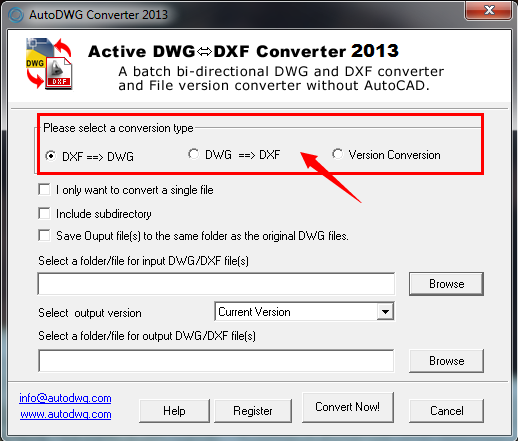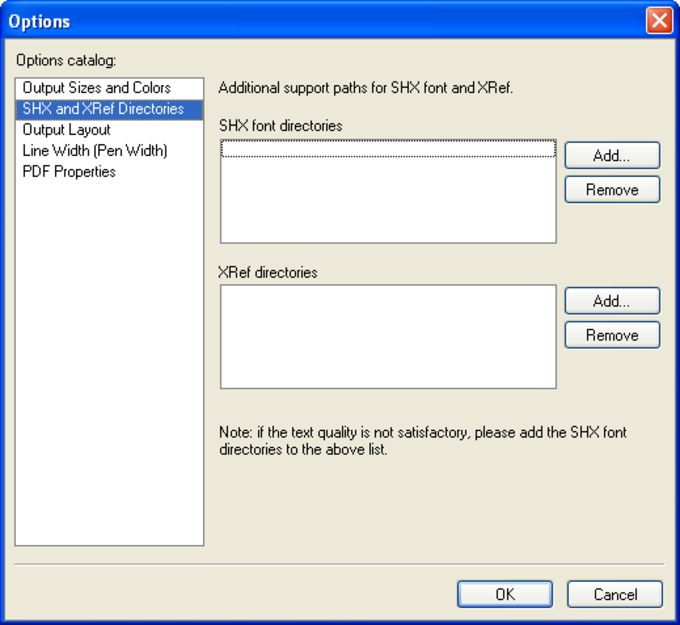
This ransom is credited to the player that disabled him, when applicable. This unit cannot be killed, but can be rendered unconscious, to be revived when friendly units are in range also, a ransom can be paid to have it reappear at the player's town center. A new unit introduced in Age of Empires III is the explorer, which is chiefly responsible for scouting and gathering treasure but is also capable of building Trading Posts and has a special attack, used at the player's command. These units also have significant features, such as skirmishers which do bonus damage against infantry, and ranged cavalry does bonus damage against other cavalry. Mounted troops are also present, and are armed with either hand weapons, such as swords, or ranged weapons, such as pistols. The heavier artillery classes also make use of ranged weapons, primarily cannon and mortars however, there is also artillery armed with grenades. Infantry are the cheapest unit type and all are land based, using weapons ranging from crossbows to early muskets to more advanced rifles. Military units are used for combat against other players. Native warriors, explorers, tamed and grazing animals, hot air balloons and warships do not count towards the population limit, but generally have a build limit, allowing the player to deploy only a certain number of those specific units at a time. More powerful units, especially artillery or mercenary cavalry, can count for a population as high as 7. Basic units such as settlers and infantry count as 1, but others, including most cavalry and mercenary infantry count as 2. Houses and town centers raise the starting limit, to a maximum of 200, while each unit that is produced increases the population count. The number of units a player can control in a scenario is limited by a 'population limit', a common real-time strategygame mechanic. The base unit of a game is the settler, responsible for gathering resources and constructing buildings, in order to improve the economy of the civilization. The player controls a variety of civilian and military units, and uses them to expand and develop their civilization, as well as wage war against opponents. The units of Age of Empires III are based, as in previous iterations of the game, around military classes of the historic time period.

As the Home City improves by level, you may gain an extra card slot for the decks for every 10 levels. During a game, players keep this initial deck this feature encourages players to build decks that are customized for the map being played on, or that counter other civilizations. If the Home City being played has more than one deck, the player must select which to use when the first shipment is sent. Most cards are available to all civilizations, but some are unique to one. Later in the game, cards have to be manually chosen because of the limit of cards in one deck.


The first few cards chosen are automatically added to the player's portfolio, where it can be copied onto a deck for use in a game. Players can gear their cards into three different combinations: 'Boom' (economic combinations), 'Rush' (military combinations), or 'Turtle' (defensive combinations). This XP is also added directly to the home city and is collected over multiple games, allowing it to level up over time. Shipments slow as the game goes on, since more XP is required with every consecutive shipment. Whenever a certain amount of experience points are gained, the player can make use of a shipment from their respective Home City. The price of age advancement is incremental, but does not vary between civilizations.ĭuring the course of a game, players gain XP (experience) by completing actions such as constructing buildings, training units, killing enemies and collecting treasures. All Ages cost food and coin to advance to, except the Colonial Age, which only costs food (800). They include the Discovery Age, which represents the discovery and exploration of the Americas by Europeans and allows the player to explore and develop their economy the Colonial Age, which represents the European Expansion into the 'New World' and unlocks early military units the Fortress Age, which represents the fortification of the European colonies, unlocks forts, and allows the player to have a more complete military the Industrial Age, which triggers a strong economy, due in part to factories-advanced buildings that automatically produce resources or artillery-and unlocks all units and shipments and the Imperial Age, which unlocks all buildings and upgrades, and allows you to send unit and resource shipments a second time. In Age of Empires III, the player advances through technological 'Ages', representing historical time periods these provide access to greater improvements, units, and buildings.


 0 kommentar(er)
0 kommentar(er)
